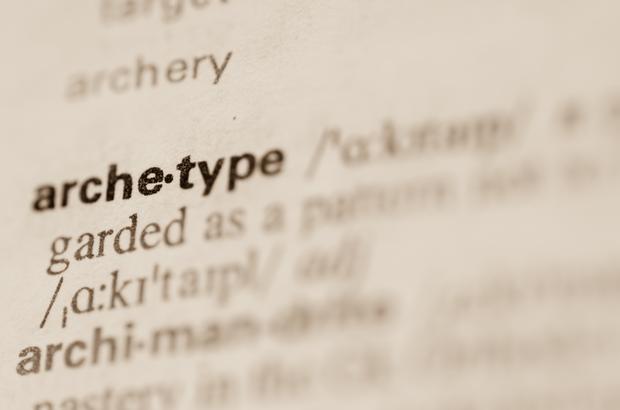What Are Archetypes?
The origin of the word archetype means "original imprint or mold." An archetype is that initial pattern or essential aspects of a thing that determine its shape and nature. Think of an archetype as a recurring pattern of human behavior.
Carl Jung, a Swiss psychiatrist from the 20th century, was the first person to bring the application of archetypes into modern psychology. Jung noticed that people and life situations are marked by primary patterns reflected in symbols, images, and themes common to all cultures and all times. We see archetypes as recurring images in art, literature, myths, and dreams. Mother, Father, Home, Stranger, Betrayal, Anger, Love — these are all archetypes expressed in characters, stories, images, and symbols in all cultures and all times, and, these are all universal experiences in human life.
Identifying which archetypes are influential in our lives can thus lead us to self-discovery, self-awareness, growth, and self-actualization. Consciously choosing the right archetype for each chapter in our life story can create a more fulfilling, successful life, where we use our archetypes instead of being controlled by them.
Here on this Storywell website you will find a scientifically validated assessment: the Pearson-Marr Archetype Indicator® instrument, which measures archetypes and brings their unconscious influence to our awareness.
PMAI® Archetypal Characters
The PMAI archetype system presents 12 archetypal characters that you can find, in some form or other, in human societies across the globe and throughout history. As aspects of ourselves, archetypes may reveal our most important desires and goals. Understanding their expression in our life myth or story helps us gain access to unrealized potential, grasp the logic and importance of our lives, and increase our empathy for the archetypal stories that others live.
In this way, working with the archetypal stories embodied in your personality and life situations generates a sense of purpose and meaning because you are in touch with a universal, yet deeply personal, aspect of your nature. Living the Creator archetype, for example, expresses your deeper motivations and desires for originality, innovativeness, and brilliant insight, as it connects you to the universal human story of the Artist or Inventor who creates what did not previously exist while confronting obstacles that emerge in a plotline of creativity, such as the loneliness of being compelled by a vision that others cannot see and believe in.When an archetypal character is active in your life, it calls forth the particular plot of that character's story. Thus, an active Revolutionary in your life notices, interprets, and acts on factors that point to injustice, power imbalances, or outdated processes that hinder progression because these are values and attitudes inherent in the nature of a Revolutionary. An active Idealist will notice, interpret, and act on different factors. Even standing beside the Revolutionary in the same situation, the Idealist will tend to notice factors that point to optimistic outcomes, positive feelings, and creative potential.
This is what we mean when we say that people live the plotlines of their archetypes. Whether consciously or unconsciously, we tend to filter experience through the attitudes, beliefs, values, and motivations of the same archetypal characters over and over. These characters are typically our high scoring archetypes and the PMAI system guides you to leverage their power, to access mid-range archetypes in your Inner Treasure Chest, and to know the value of your Lowest archetypes.









